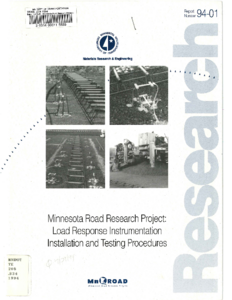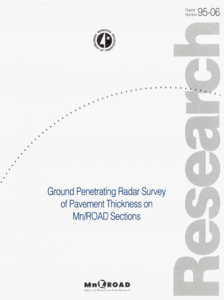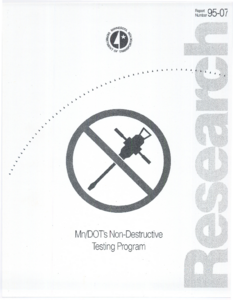Displaying results 41 - 50 of 565
Minnesota Road Research Project: Load Response Instrumentation Installation and Testing Procedures
Date Created
1994
Report Number
94-01
Description
Comparison of the Performance of Fiber Reinforced Plastic Dowel Bars to Epoxy-Coated and Stainless-Steel Dowel Bars
Date Created
2023-05
Report Number
2022-25
Description
Characterization of the Subgrade Soils at the Minnesota Road Research Project
Date Created
1994-04
Report Number
94-19
Description
Following Advice from Traffic Advisories
Creator
Date Created
1994
Report Number
94-29
Description










